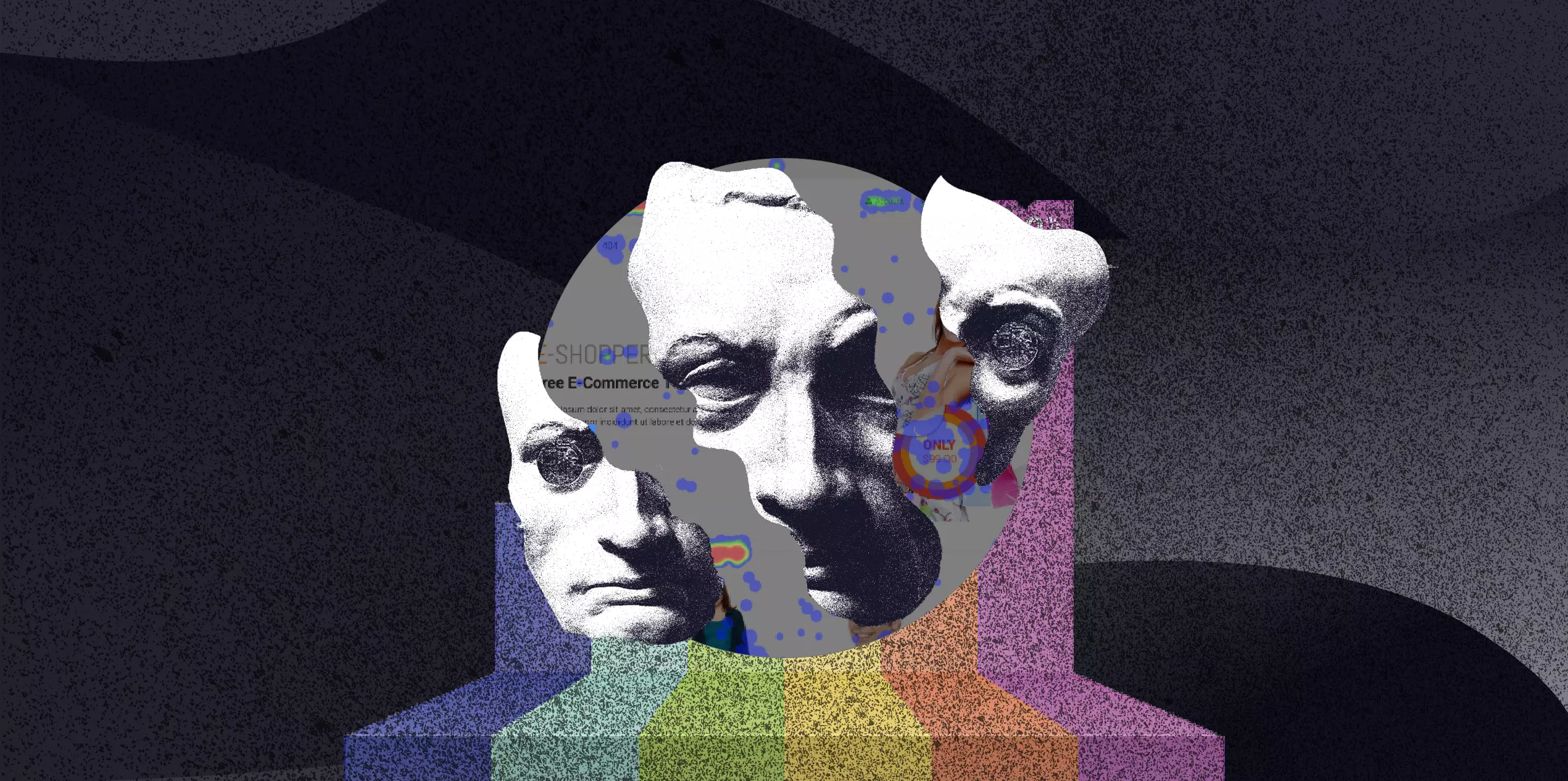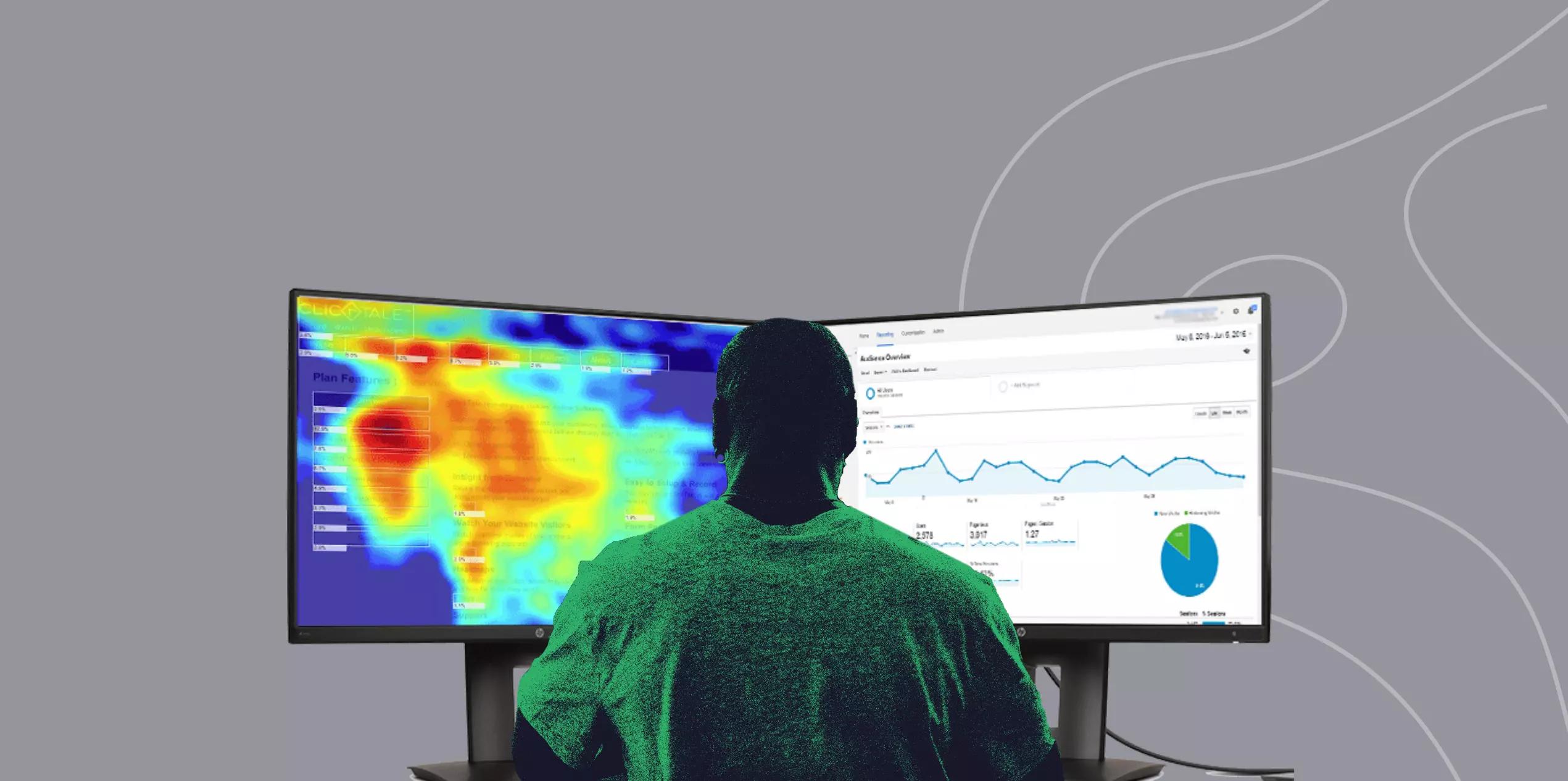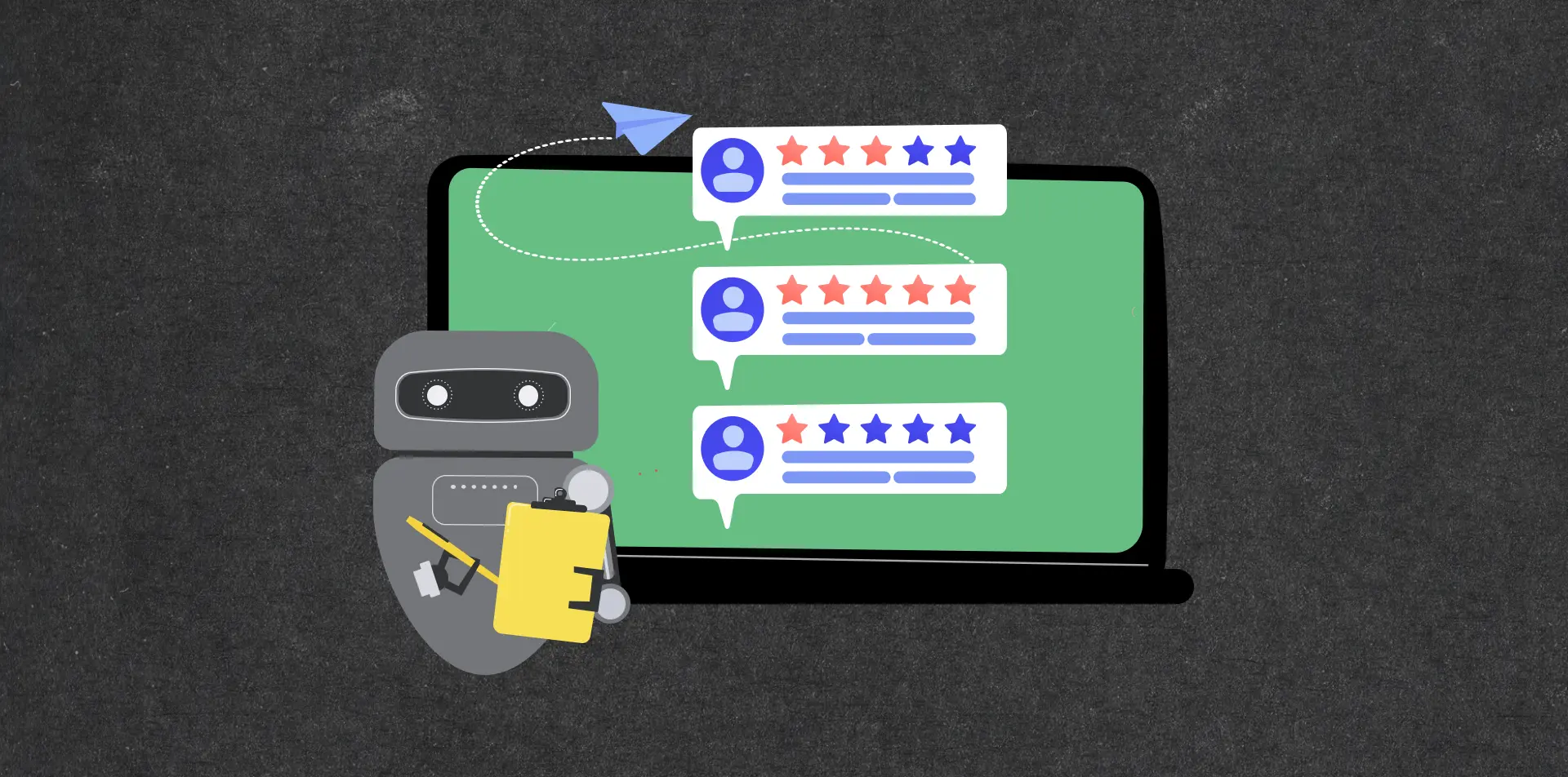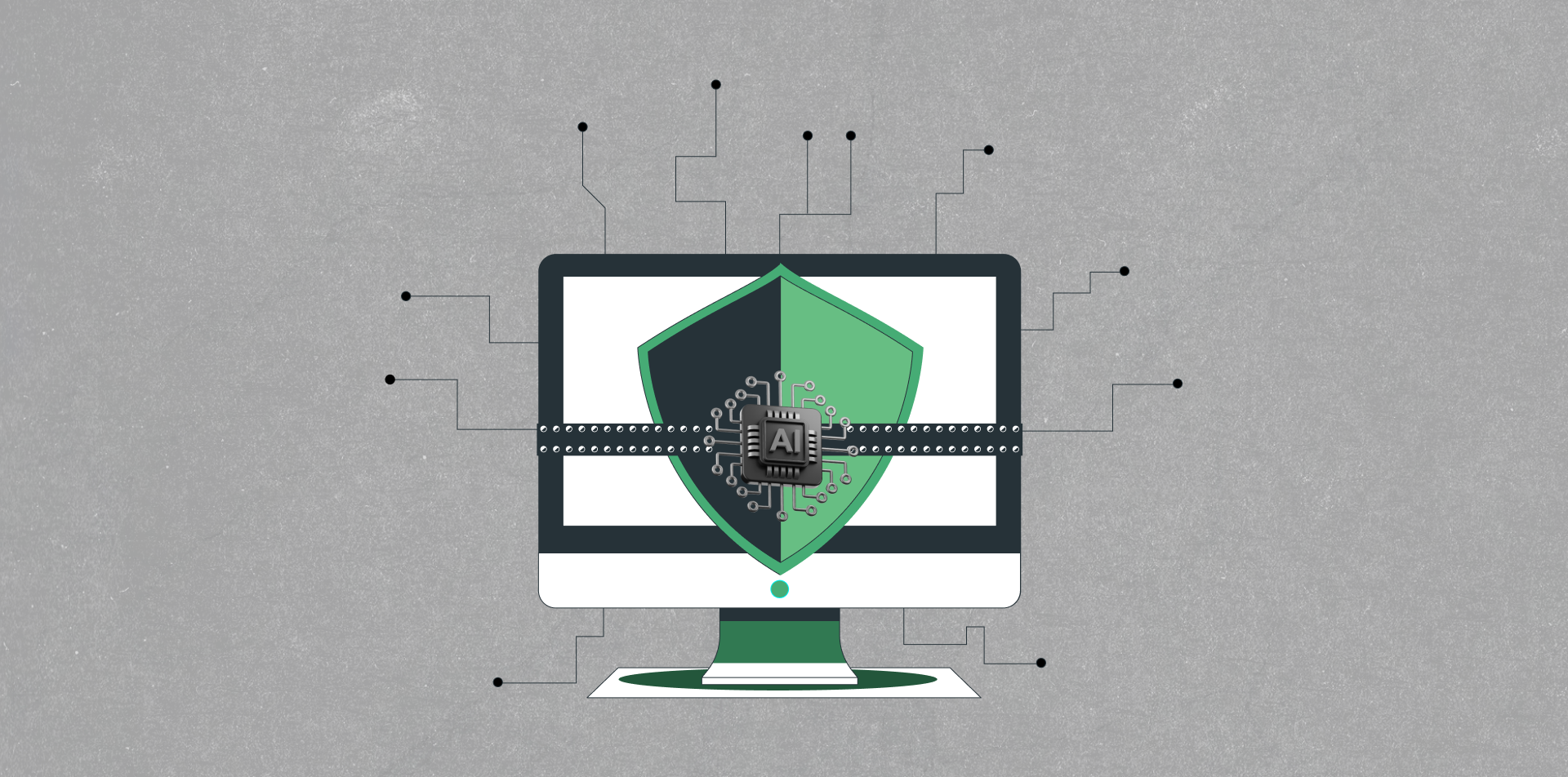
You might be familiar with the saying “The only constant in life is change”. What makes this saying even more convincing is the fact that we live in a world run by technologies that are changing by the second, and so are the customers’ expectations when they interact with it. With ever-changing technologies and customers’ expectations, marketing needs to evolve too.
Brands have to understand the customers’ interests, needs, and motivations as they interact with the brand in order to offer the best marketing solutions. To execute, analyze and improve a brand’s marketing across the customer lifecycle, marketers must adapt a group of technologies, known as Marketing Technology Stack, or Martech Stack. The purpose of optimizing this set of tools is to make difficult marketing processes easier, more efficient, and help marketing teams be more productive and generate better results. In other words, marketing technologies are used to streamline internal collaboration, analyze the performance of marketing campaigns, and conduct personalized and proactive communication with their customers online.
Enhancing User Journey’s through Consumer Behaviour analysis
There is not a one-size-fits-all approach to building the best martech stack. Depending on what type of business a brand is, that will impact which technologies the brand might find important. The brand has to attract, engage, analyze and optimize their users’ experiences. One way to do that is through Digital Experience Optimization (DXO). DXO is the ongoing process of understanding customers and providing the best possible experience for them across all touchpoints through experimenting, testing, and iterating repeatedly. Through Digital Experience Optimization, businesses have the resources to get real-time, data-informed views on their customers which will help them better understand how they should build their marketing strategies and their Martech stack. Simply put, the point is that it is not a question of whether a brand can afford to invest in analytics, it is a question of whether they can afford not to.

Architecting DXO
DXO is built upon four base elements: identifying, hypothesizing, testing, and evaluating. To identify the customers’ likes and needs, one has to get to know them. Having general data, like age and sex, will not give out the needed insight to identify the customers’ preferences. To meet the customers’ expectations, the brand has to understand how they behave and what triggers their actions across any and all touchpoints where they may interact with the brand.
Of course, even with the more detailed information, the brand can only hypothesize how a potential tweak of the experience might result in consumer behavior. Therefore, not to hypothesize only, testing comes in hand. To confirm what will work best from the marketing strategy, the brand can engage A/B and Multivariate testing to determine successful consumer journey results. Analyzing the results and evaluating them is the next step. Based on the outcome, the brand then can choose to implement the proposed marketing strategy, make adjustments based on learnings and test again, or go back to brainstorming for other options.
Applying DXO
Digital Experience Optimization, as well as Martech Stack, is to do more with less. To epitomize all the benefits, brands will gain the following:
They match the brand’s goal with the customers' expectations;
Rich experience with touchpoint optimization;
Holistic visibility of customer data;
Ability to build customer-centric approach;
Optimal content usage;
Ability to optimize team productivity.
Despite the fact that a marketer’s main focus is on how to deliver an ideal series of interactions to their customers, these customers are only humans. These human customers do not analyze their interactions individually and then arrive at a satisfaction level as a result of aggregation of secluded interactions throughout the brand’s platform. They only remember the impression they got from interacting with the brand’s platform, if it met their expectations, and if they would use that platform again. Thus, a marketer’s goal is to always come up with ideas on how to deliver the seamless digital experiences the customers expect - and to boost conversion while locking in loyalty.
Share with your network
Latest updates
The space to share experiences, engage and learn from the Sogody team. Join the conversation by contacting us.


